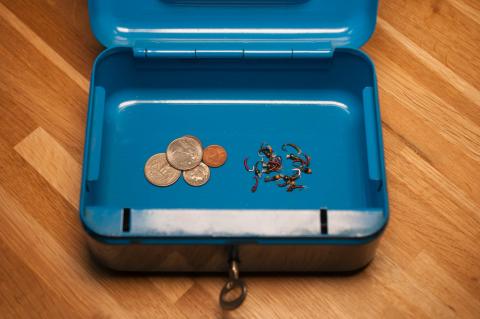Hello Jon,
Thank you for the interest and nice words about my reels.
As you probably has read in the article at the end, I encourage people to design and make there own flyreel when they have the skills and the equipment and use the article as a guidline and not to "copy" one of my reels. So I don't give any measurement drawings of my reels, I hope that you can understand that. Designing your first reel is a difficult part of the proces, making it your personal reel, but it is great to achieve. I hope that you can show me your reel in the near future!
Kind regards,
Tom.
- Log in to post comments

